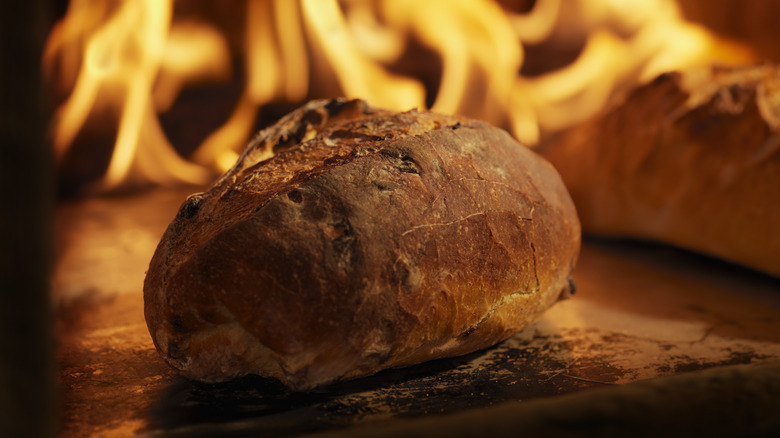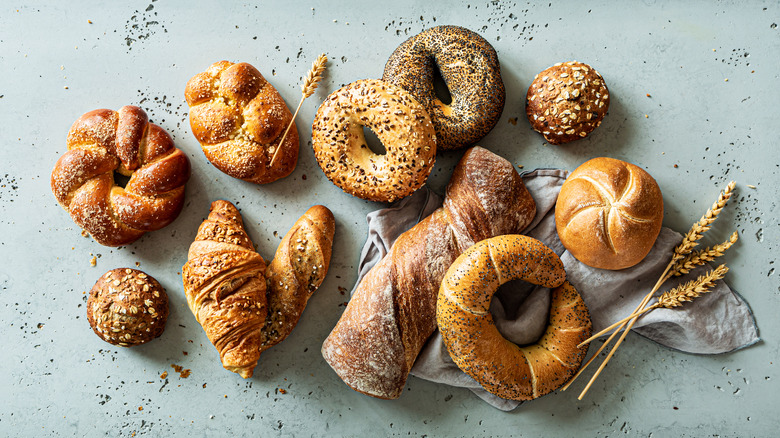Global Warming Is Making Bakery Products Worse
In baking, the first step of most recipes involves preheating the oven to a specified temperature. While this part is straightforward, the temperature of the kitchen — which affects both the individual ingredients and the final product — also matters. As global warming intensifies, leading to rising temperatures worldwide, the highly technical and sensitive art of baking faces challenges.
The flavor and texture of bread largely depend on yeast, a leavening agent that is also a living organism. Like all living organisms, yeast thrives in specific conditions. For bread-making, yeast grows best during the dough fermentation stage at temperatures between 80 to 90 degrees Fahrenheit. The kitchen's temperature directly influences the fermentation process, whether you're maintaining a specific type of bread starter or proofing a loaf.
In both home and commercial kitchens, maintaining a controlled temperature is already challenging when ovens are heated to several hundred degrees Fahrenheit. This becomes even more difficult as external temperatures rise. In hotter conditions, dough can rise too quickly, resulting in bland flavors due to insufficient yeast development or even causing loaves to collapse.
Climate change is drying your flour and melting your butter
The effects of climate change extend beyond the kitchen. High summer heat can lead to drier and shorter growing seasons, affecting ingredients like flour and their performance in recipes. Given that NASA declared the summer of 2023 the hottest on record, bakers may find themselves needing to adjust their recipes rather than relying on time-tested ones.
Additionally, although butter is not a living organism like yeast, its temperature is crucial for the success of baked goods. Laminated pastries, for example, require chilled butter to prevent seepage and maintain the desired crispness. If both the baking environment and the baker's hands are too warm, the dough's structure will not form correctly, leading to issues such as hindered rise in the oven and flat, dense, or even greasy pastries. The temperature of the butter also affects its ability to hold air. For instance, cookies made with overly warm butter may not aerate properly, resulting in a denser texture. Unless substantial efforts are made to address the climate crisis, both home bakers and professional pastry chefs will need to adapt their kitchens and working conditions to continue producing high-quality baked goods.


